Windows OS is made up of a million components including apps, processes, drivers, and so much more than meets the eye. Even when your system is idle, thousands of processes are running in the background that you may not even realize. Aren’t there a few times when your system performs seemingly slow, even when you’re not working on any active apps?
As soon as our device’s performance slows down, the first thing we do is to check the Windows Task Manager. Right? Windows Task Manager neatly lists down all the apps and processes that are running in the background along with their CPU/disk usage mentioning how many system resources they are utilizing at the moment. And once we track down the app or process (aka culprit) that has been consuming maximum CPU usage, we instantly terminate that process. So, have you ever come across the Rundll32 Windows host process in the Task Manager window?
Also read: What Is Conhost.Exe And Why Is It Running In My Task Manager
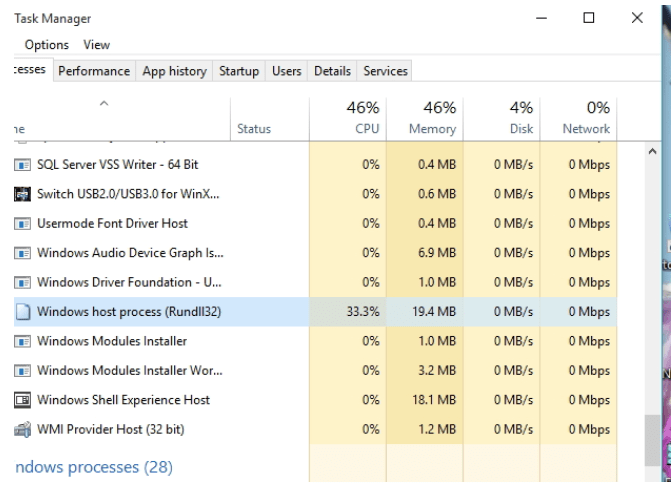
Well, Rundll32 is an annoying process that eats up your CPU’s usage and slows down your device’s performance. To make sure that your device’s performance is not affected by this process, we have a few workarounds that you can adopt.
But before we proceed, let’s learn a little about the Rundll32 host process and what causes it.
Also read: How To Fix Host Process For Setting Synchronization In Windows 10
What is the Rundll32 Windows Host Process? Is it safe to Delete it?
The Rundll32 Windows Host Process is not a virus, so you can take a huge sigh of relief first. This particular host process is triggered in the Windows OS when your system schedules some tasks or if your device is infected with some kind of malware or virus. The Rundll32 file typically resides in the C:/Windows folder along with other installation data and files.

To make sure that the Rundll32 host process doesn’t occupy your CPU’s usage, here are a few troubleshooting hacks that you can try.
#1 Run the Task Scheduler
Launch the Start menu search box, enter “Control Panel” and hit Enter.
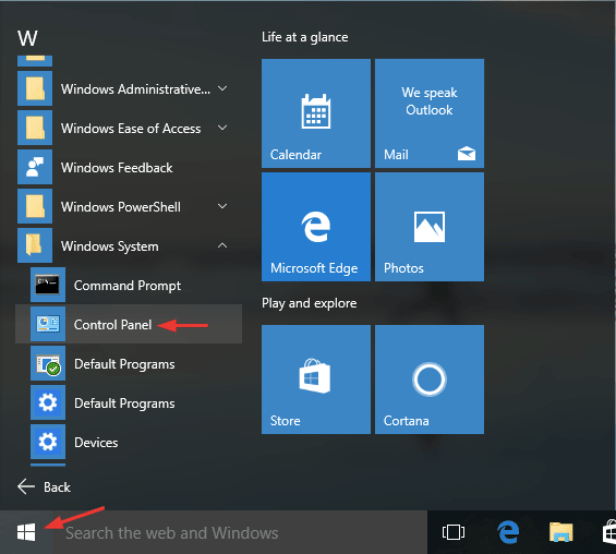
In the Control Panel window, select “System and Security” and then tap on the “Administrative Tools” option.
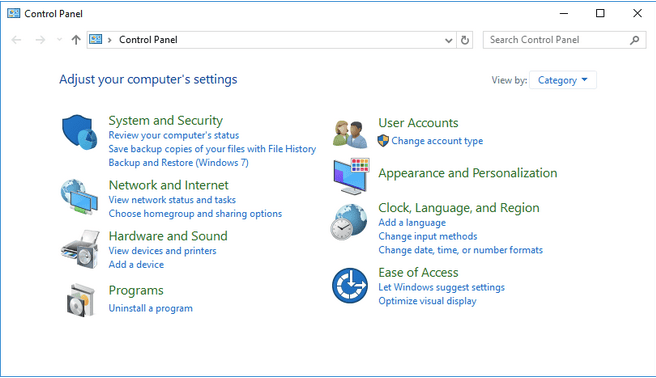
A File Explorer window will open on the screen, tap on the “Task Scheduler” option from the list.
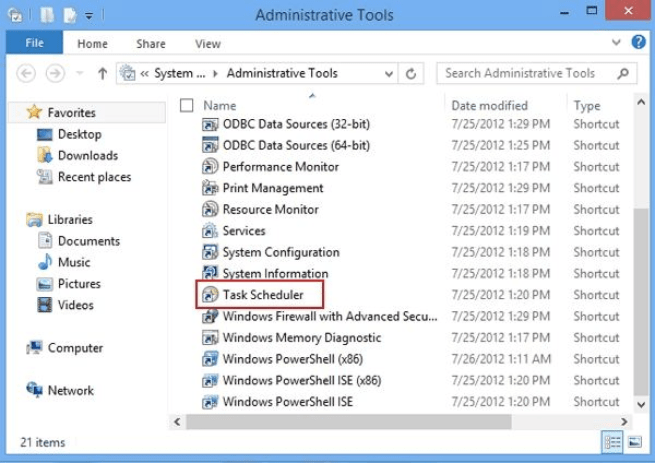
In the Task Scheduler window, navigate to the following location:
Task Scheduler Library\Microsoft\Windows\Customer Experience Improvement
After reaching this specific location, tap on the “Consolidator” option placed on the right side of the window. Double-tapping on “Consolidator” will open its “Properties”.
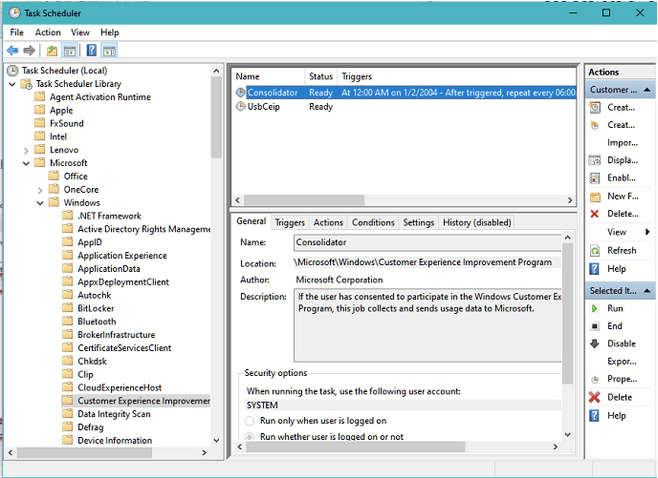
Switch to the “Triggers” tab. Select the “One Time Trigger” option from the list and then hit the “Edit” button.
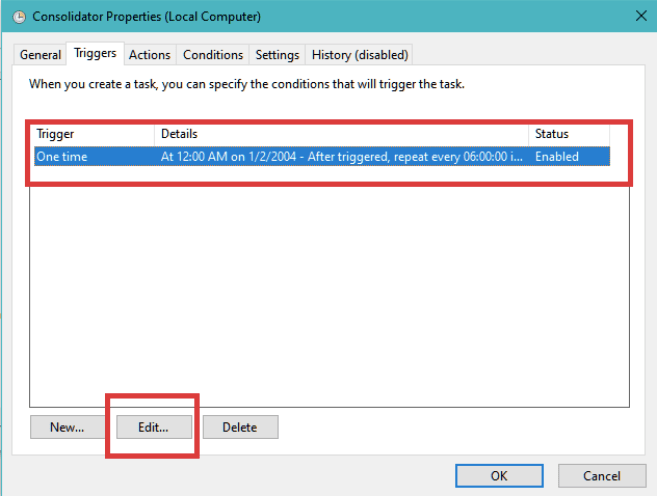
Look for the “Advanced Settings” section and make sure that the “Enabled” checkbox is disabled or unchecked. Tap on OK to save the recent changes.
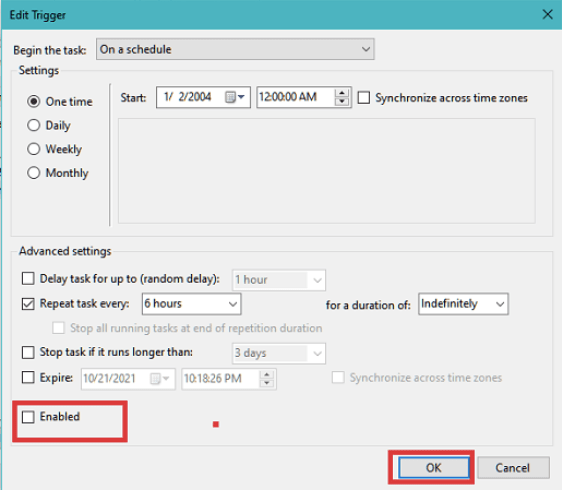
Now head back to the previous level, the Task Scheduler window and then right-click on the “Consolidator” option and select “Disable”.
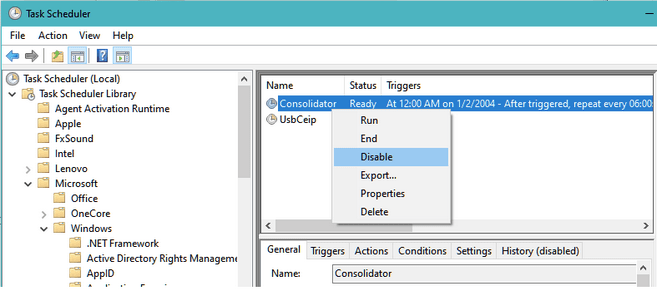
Do the same for the “USBceip” file as well, right-click on it and select “Disable”.
Exit all windows, reboot your machine, and check if the Rundll32 Windows Host Process is still messing with the system’s performance.
Also read: How to Fix High CPU Usage by WUDFHost.exe in Windows 10
#2 Disable Telemetry Services
Press the Windows + R key combination to open the Run dialog box.
Type “services.msc” and then press the OK button.
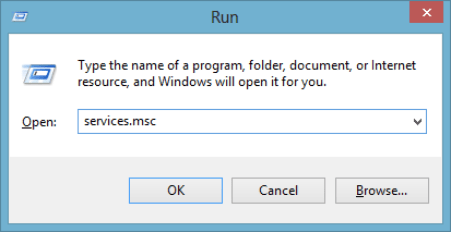
In the Windows Services window, look for the “Connected User Experience and Telemetry” file, right-click on it and select “Properties”.
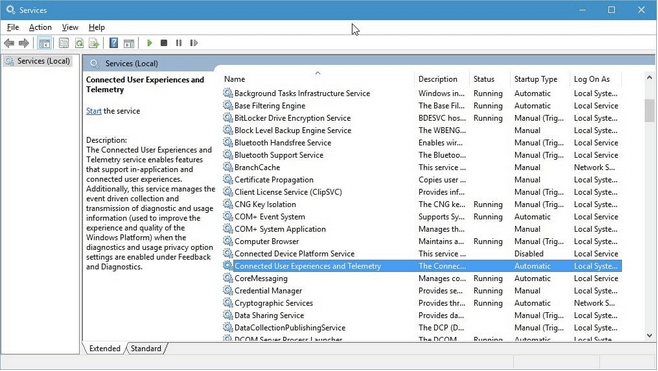
Tap the “Stop” button to stop the service.
Change the “Startup type” value to “Disabled”.
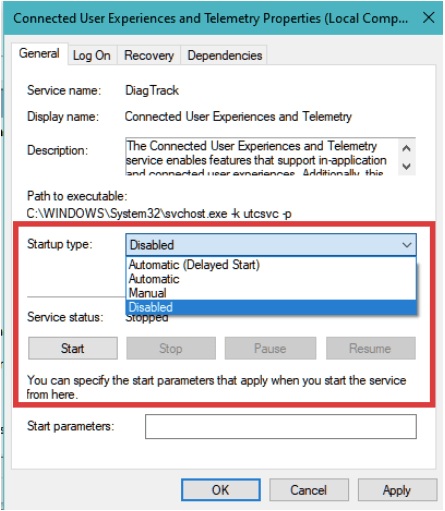
Press the OK and Apply button to save the recent changes that you made recently.
Exit all windows, launch Windows Task Manager to check if the Rundll32 Windows Host Process is still listed in the “Processes” tab.
Also read: How To Fix WMI Provider Host High CPU Usage In Windows 10?
#3 Scan your Device for Virus or Malware Traces
Is your Windows PC installed with a comprehensive antivirus security solution? If not then download the Systweak Antivirus tool, offering real-time protection against viruses, malware, Trojans, spyware, and ransomware attacks.
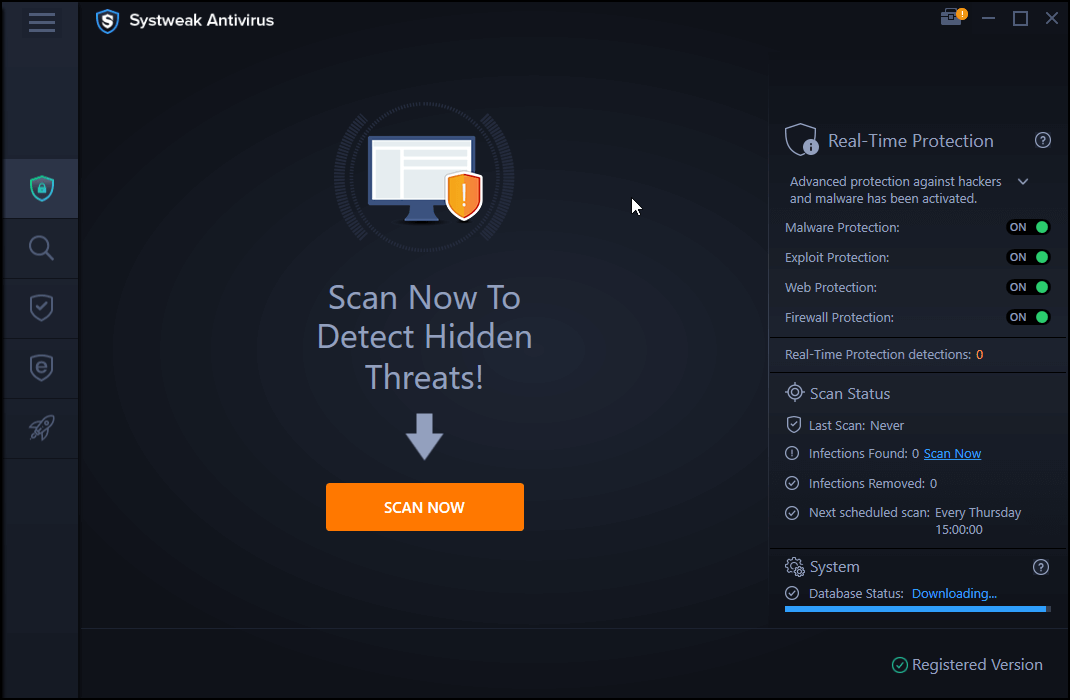
Launch the Systweak Antivirus tool on your Windows PC, tap the “Scan Now” button, follow the on-screen instructions to scan your device. If there’s a slight possibility that your device was infected with any virus or malware traces then the security tool can scan and remove the infections to improve your device’s security and performance.
Also read: Ways To Fix Windows 10 Task Manager Not Responding
Conclusion
Here were a few troubleshooting solutions that you can try for removing the Rundll32 Windows Host Process from the Windows Task Manager. The Rundll32 process is not as dangerous as you think. It can easily be taken care of by following these troubleshooting tips. Also, do let us know which solution worked out the best for you! Feel free to reach out and share your thoughts in the below-mentioned comments space.



 Subscribe Now & Never Miss The Latest Tech Updates!
Subscribe Now & Never Miss The Latest Tech Updates!